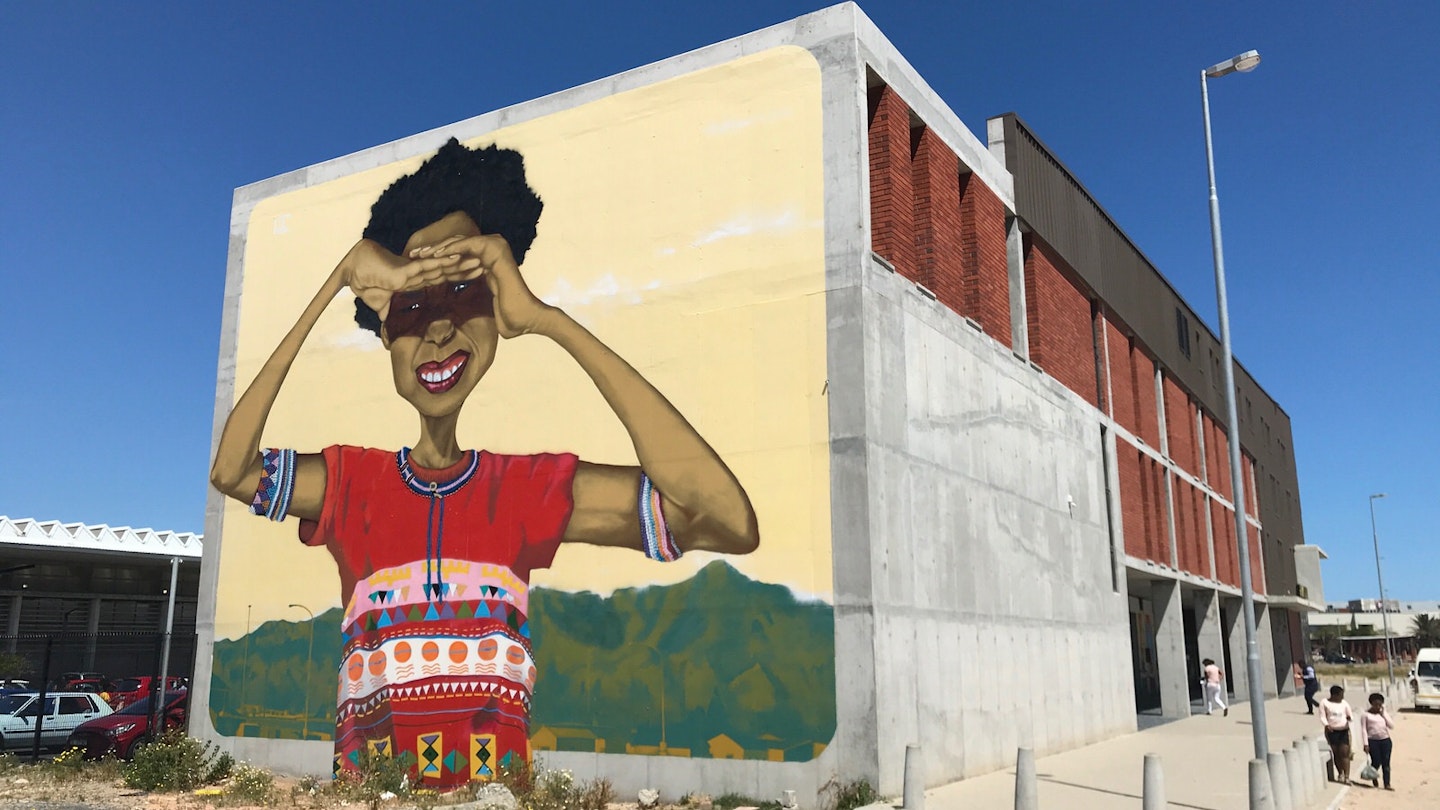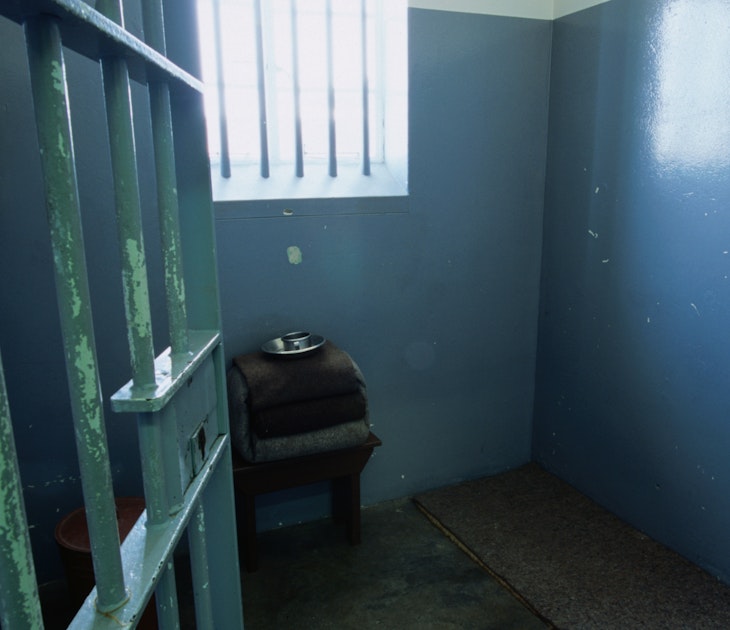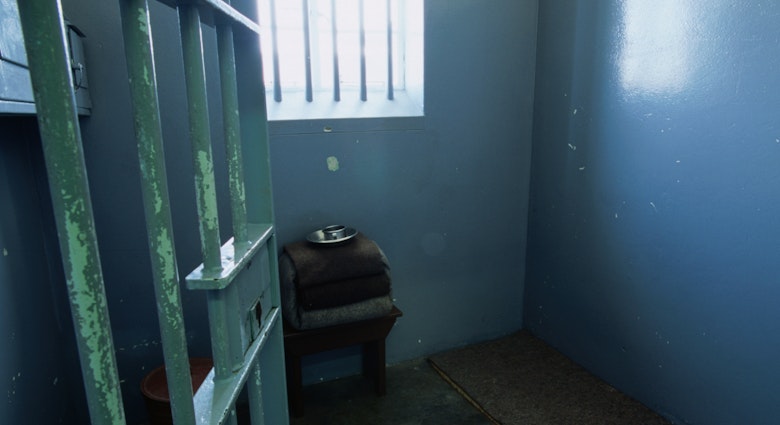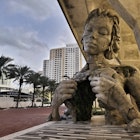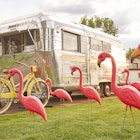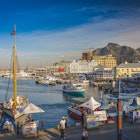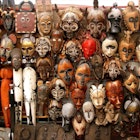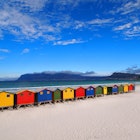The suburbs of Soweto, part of metro Johannesburg, and Khayelitsha, the vast township on the Cape Flats east of Cape Town, are throwing off their reputation for 'misery tourism'. These reborn townships are embracing an enterprising future that includes new monuments, contemporary theatres, community centres covered in public art, gourmet restaurants and third wave coffee shops.

Soweto’s Sites of History
Shorthand for 'South Western Townships', Soweto and its roots date back to the turn of the 19th century when the area was designated as a residential neighbourhood for black South Africans. It all began in Kliptown, first laid out in 1891 on part of what was then the Klipspruit farm.
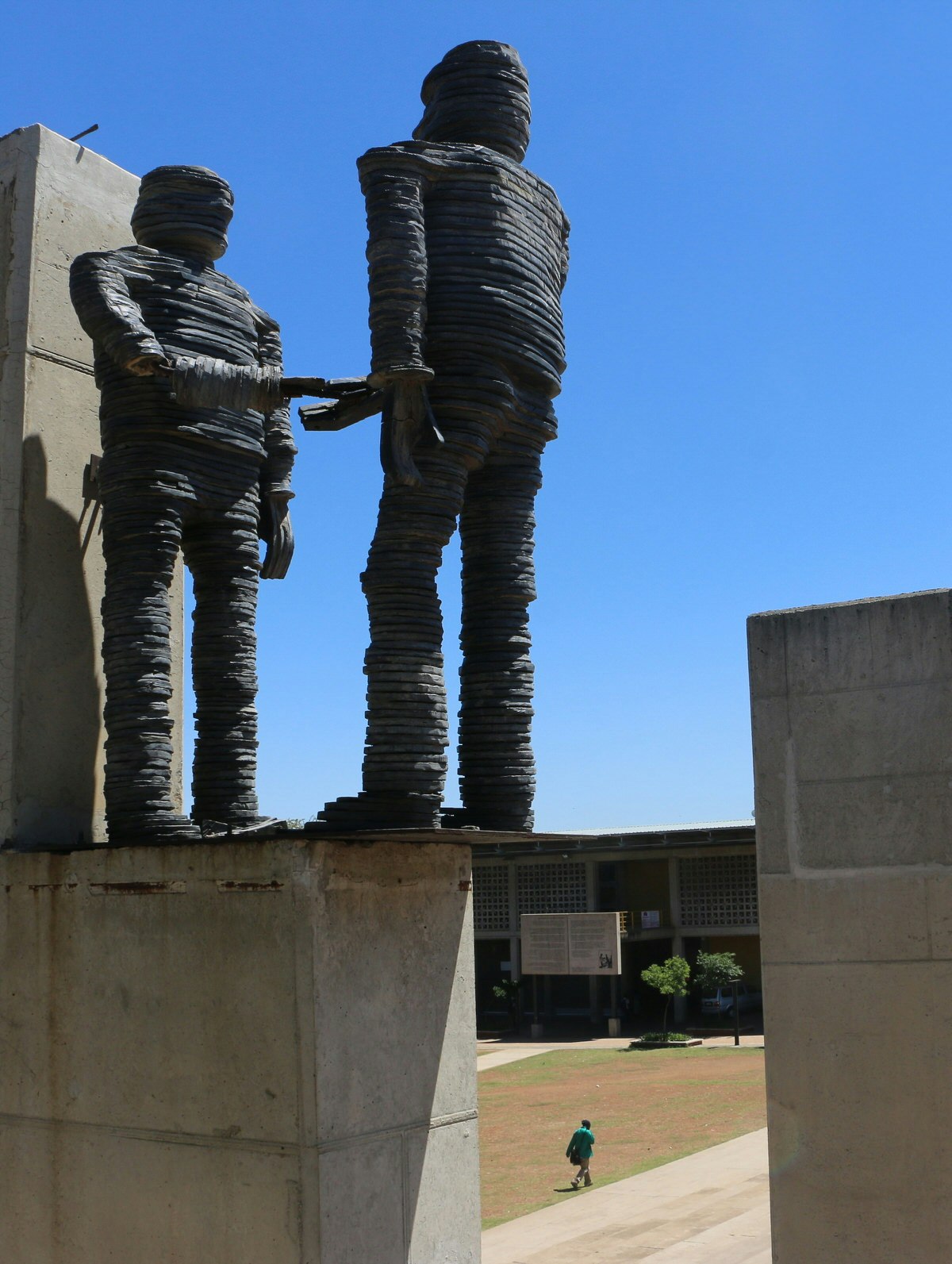
Today the district's focal point is Walter Sisulu Square, named after the celebrated apartheid struggle activist. On 26 June 1955, Sisulu was among the 3000 delegates of the Congress of the People who gathered here to draw up the Freedom Charter. The charter's key ideological points are represented by ten pillars that flank one side of the broad grassy plaza, each capped with interpretive statues. The plaza s also bracketed by a tourist office, convention centre, the Soweto Hotel, and a lively traditional market. The conical brick tower on the square's north side, reminiscent of ancient African architecture, is the Freedom Charter Monument. An x-shaped skylight casts a symbolic 'mark of freedom', like the cross on a ballot paper, over the eternal flame that burns inside the monument.
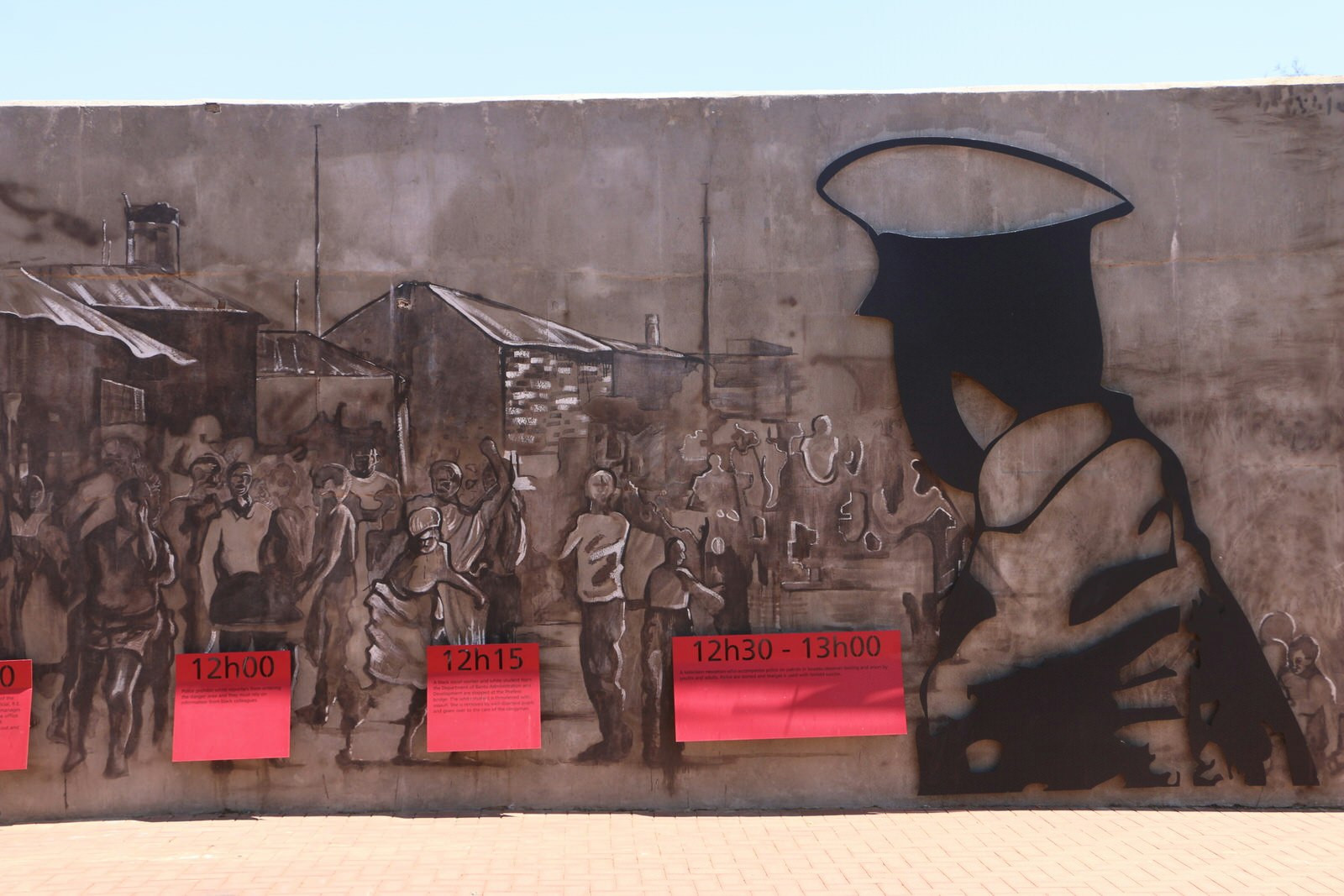
Opened in 2015 and commemorating one of the most traumatic moments in Soweto's history is the June 16 Memorial Acre. On this date in 1976, a peaceful student protest was violently put down by the police, with over 200 teenagers killed on the first day of the troubles. These heartbreaking events are immortalised at this largely open-air site by a striking collection of contemporary murals and powerful artworks. The plan is to create a tourist route from here to the memorial and museum named after 12-year-old Hector Pieterson who was one of the first victims on that fateful day.
Contemporary Soweto Style
The struggle against apartheid is central to Soweto's identity, but life in this thriving metropolis of over 1.2 million residents is not solely about the past. Many new businesses and institutions are adding to the quality of life here. A great example is Thesis, a boutique and cafe in the suburb of Mofolo. The cool kids behind this concept fashion brand create colourful streetwear with graphic slogans and brightly coloured patterns. They also have a running club that meets every Saturday morning to pound 10km around Soweto.
More eye-catching fashions from emerging local designer are on sale at the Box Shop. This boutique and coffee shop, constructed from shipping crates, heads up Vilakazi St where, at one time, two Nobel Prize winners – Nelson Mandela and Desmond Tutu – once lived. Their former homes, Mandela's a small and highly popular museum, make this ground zero for Soweto tourism but the strip is also beloved by locals who hang out at buzzy and slickly designed restaurants and bars here, including the hip Vuyo's and Wine Bar.
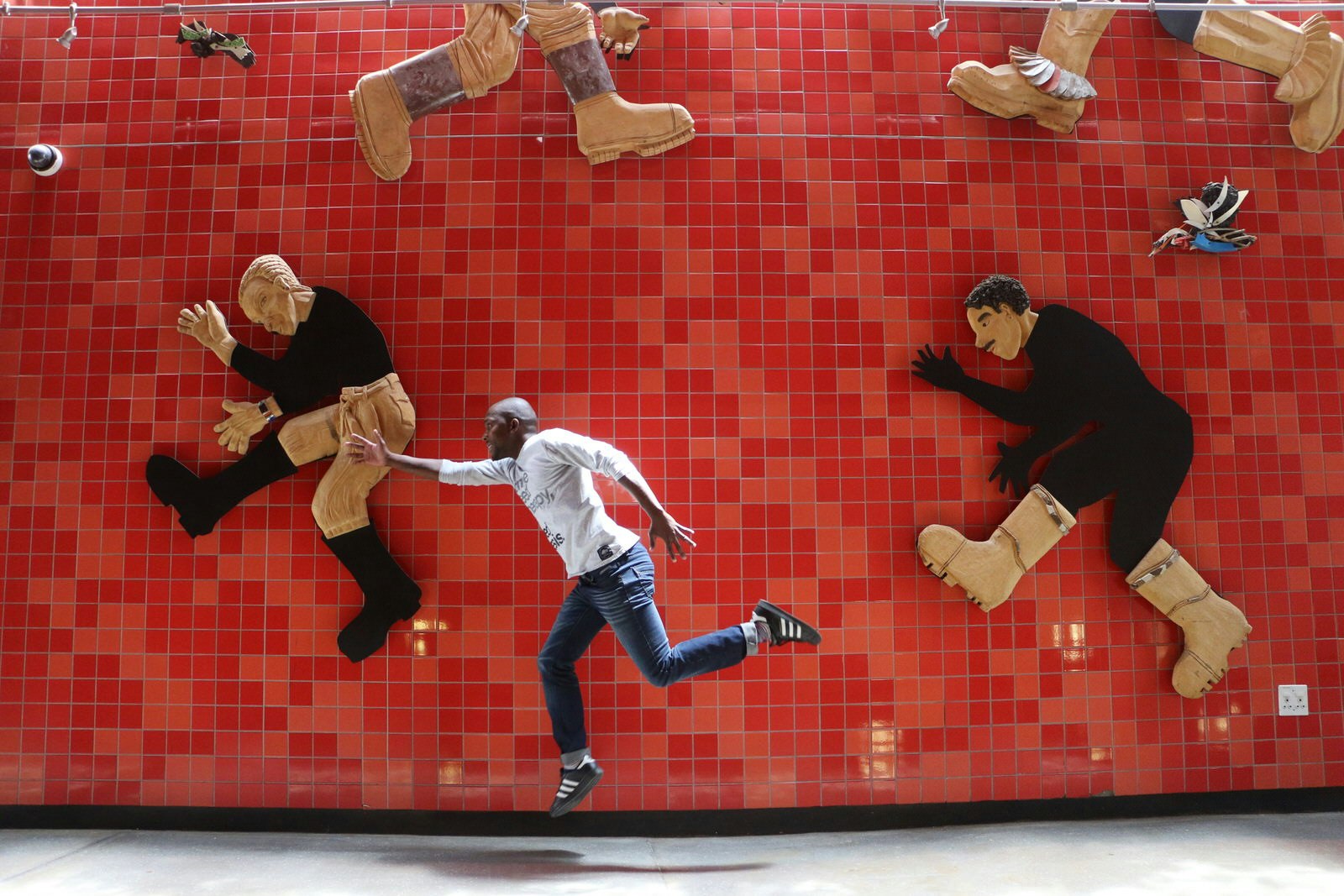
A wine bar in Soweto? Yes, and there's also an annual wine festival, which takes place at the Soweto Theatre. Some 200,000 vivid blue, yellow and red tiles cover the exterior of the three performance spaces that make up this cultural hub. Many other events and shows are hosted here throughout the year including the TV show South Africa's Got Talent. Even if there's nothing on, it's still worth visiting to view the creative art and installations that decorate the theatre's lobby.
If beer is more your thing, then head over to Ubuntu Kraal Beer Garden, where you can quaff the various on-site produced ales of Soweto Brew Co, now owned by Heineken, who are aiming to turn Soweto Gold lager into a mass-market brand. A few beers here may help you find the courage to take the plunge on the bungee jump from the rope bridge strung between the nearby Orlando Towers. And if such adrenaline rushes are not your thing, admire the giant mural art that covers the towers while enjoying freshly grilled meats and another Soweto Gold at Chaf Pozi barbeque restaurant.
Changing perceptions in Khayelitsha
Khayelitsha only came to be on the Cape Flats of Cape Town in the mid 1980s but recent estimates place its population at a whopping 2.4 million, which easily makes it South Africa's largest township. However, it was never formally planned and is a noticeably poorer place than Soweto, with far less formal infrastructure.
A major leap forward came in 2016 when the Isivivana Centre opened. Six years in the making, this practical, creative space is home to a number of social change organisations and charities as well as a library, cafe and the sophisticated Bertha Movie House. Two mammoth wall murals – a fashionably attired African girl by Breeze Yoko and an elephant by Falko One – brighten up the exterior.
If you want to see more street art around Khayelitsha, Zimbabwean artist Juma Mkwela is the man to connect with. On his tours around the township you'll not only get to see some great murals but also help local residents with the tending of their vegetable gardens – splashes of colour and greenery in the otherwise sandy ground of the Cape Flats.
More creativity is on display at the compact 18 Gangster Museum which occupies a former shipping container. One half of the container holds an exhibit using text and images to educate visitors on the perils of gangsterism; the other half is a replica prison cell where ex-offenders provide first-hand accounts of their experiences. A visit to the museum is usually combined with a tour of Khayelitsha on foot, by bike or by taxi.
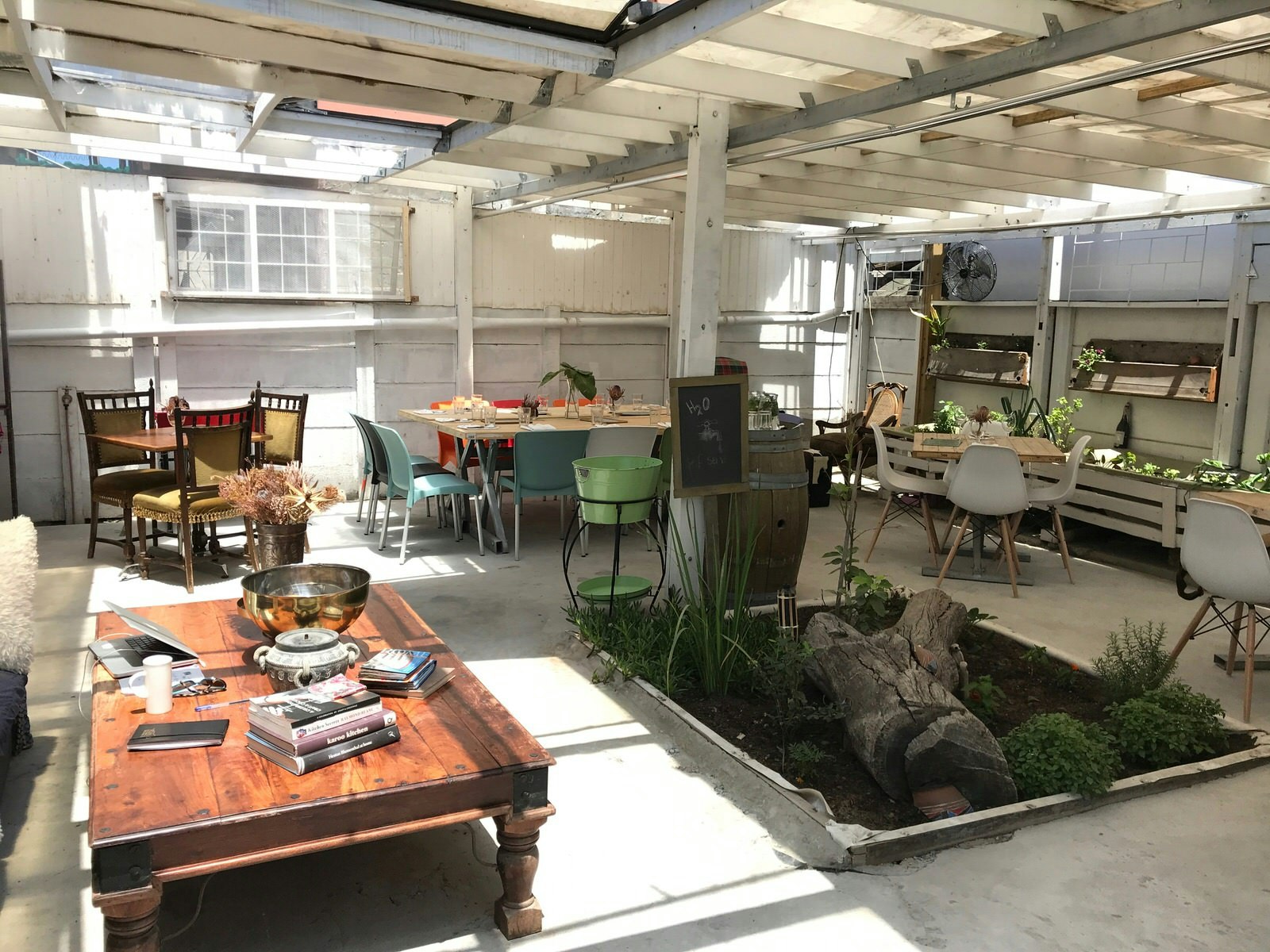
Cooking in Khayelitsha
Khayelitsha is a fertile breeding ground for up-and-coming business talent. Abigail Mbalo is a dental technologist and mum who made it to the final six on MasterChef South Africa. Building on that exposure and her desire to put a contemporary spin on traditional township cooking, Mbalo opened a catering business 4Roomed eKasi Culture, which includes a restaurant that qualifies as Khayelitisha's first venture into gourmet dining. Herbs that Mbalo uses in her dishes, such as fancy versions of pap (maize porridge) and curry, grow in old bathtubs cleverly repurposed as planters around the edge of the white-washed restaurant. Mbalo is an engaging presence directing the staff in the open kitchen and mingling with her guests.
Equally ebuliant is Sikelala (Siki) Dibela, who in 2016 turned the garage of his family home into the slick Siki's Kofee Kafe. The 29-year-old brings nine years of experience of working for South African coffee giant Vida E Caffé to bear on his own venture, serving his own blend of java alongside sweet treats including cookies and muffins.
Also specialising in muffins – savoury ones made from spinach – is Lufefe Nomjana, aka Spinach King. Beginning in 2014, Nomjana attracted sponsorship from Richard Branson's Virgin Group and has grown his 'green' bakery and vegetarian food business to two outlets in Khayelitsha, with plans for others as far afield as Washington DC.

